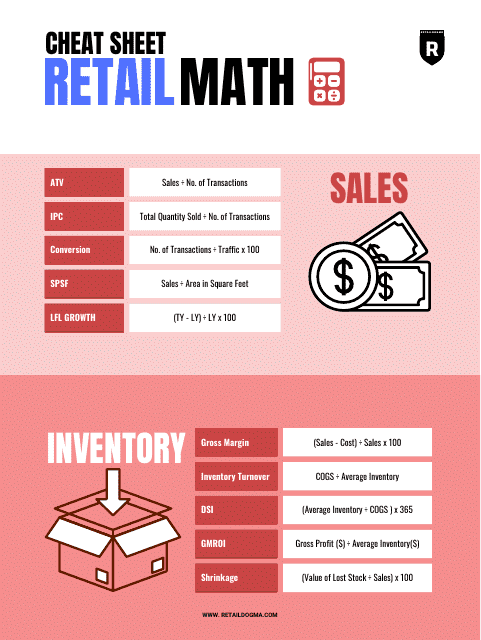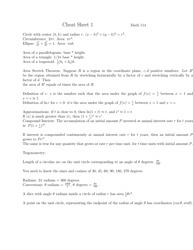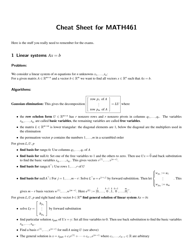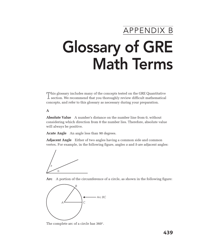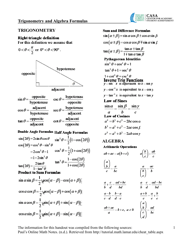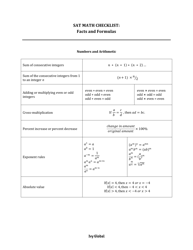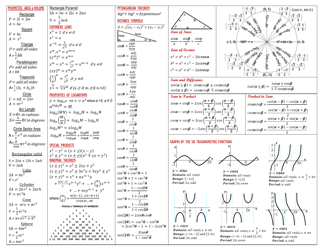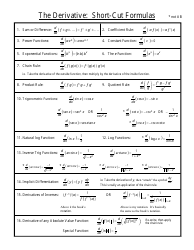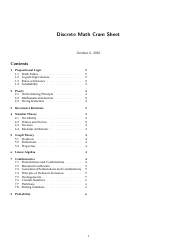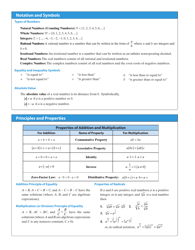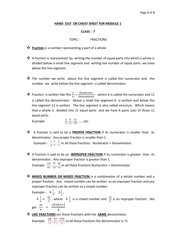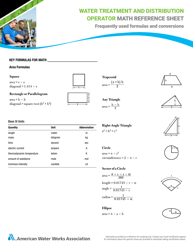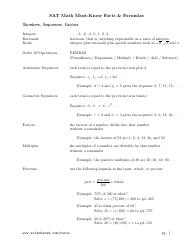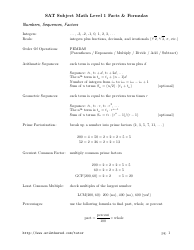Retail Math Cheat Sheet
A Retail Math Cheat Sheet is a reference guide that helps retailers and store owners understand and perform calculations related to their business. It includes formulas and explanations for key retail metrics such as profit margin, markdowns, inventory turnover, and sales per square foot. It serves as a quick and handy tool for making informed decisions and managing the financial aspects of a retail business.
FAQ
Q: What is retail math?
A: Retail math is a set of formulas and calculations used in the retail industry to analyze and measure sales, profit, and other financial aspects.
Q: What are some common retail math formulas?
A: Some common retail math formulas include gross profit margin, markup percentage, inventory turnover, and sales per square foot.
Q: What is gross profit margin?
A: Gross profit margin is a profitability ratio that measures the percentage of sales revenue that remains after subtracting the cost of goods sold.
Q: What is markup percentage?
A: Markup percentage is the amount added to the cost price of a product to determine its selling price, expressed as a percentage.
Q: What is inventory turnover?
A: Inventory turnover is a measure of how quickly a company sells its inventory within a specific period, usually expressed annually.
Q: What is sales per square foot?
A: Sales per square foot is a retail metric that measures the average revenue generated for each square foot of selling space.
Q: Why is retail math important?
A: Retail math is important because it helps retailers make informed decisions about pricing, inventory management, and overall profitability.
Q: How can understanding retail math benefit retailers?
A: Understanding retail math can help retailers optimize pricing strategies, identify areas for cost reduction, improve inventory control, and maximize profits.
